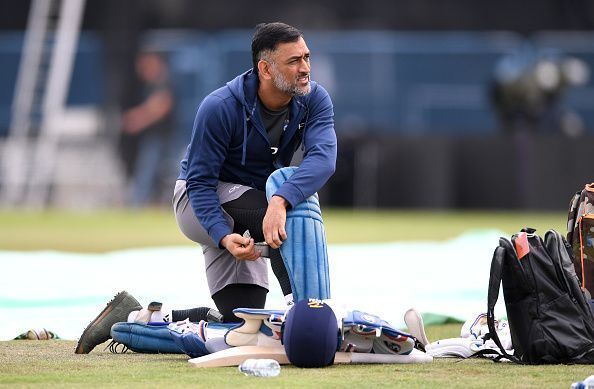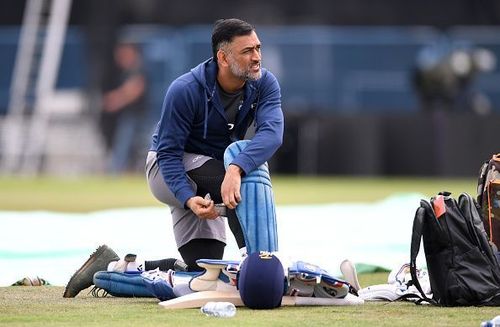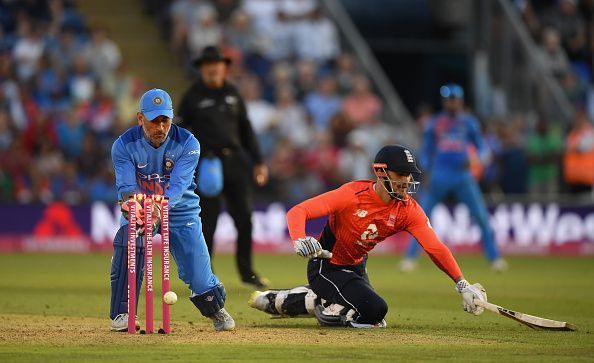
The Dhoni Dilemma - 3 reasons why he is still an asset in white ball cricket

Of late, before and during every one-day series, there is a lot of talk about MS Dhoni's selection in the playing XI. It is a fact that Dhoni has lost the magic touch of a finisher; his strike rate in recent months has been less than 100, which is not good enough in this day and age.
The decline can be attributed to his advancing age which has reduced his striking power and ability to place the ball in the gaps. Earlier too he used to start sedately, but he had the knack of accelerating in the final few overs and make up for the slow start - a knack that he has seemingly lost. To add to his discomfiture, opposition teams have studied his batting videos and have plugged the loopholes, thereby denying him opportunities to attack.
With the latest change in the third Powerplay (overs 41-50), where a fielding side is allowed to have an extra fielder outside the 30-yard circle, the boundaries are better protected. With age, Dhoni's ability to clear the ropes has diminished, and that could be the reason he is hesitating to play the big shots like he used to in his heyday.
However, there are a few reasons why he is still a valuable asset for Team India in the ODI side, especially with the World Cup less than a year away. Here's a look at those reasons:
1. Wicket-keeping prowess
Even though Dhoni has lost the ability to strike the ball hard and long, his agility behind the stumps has not diminished. People forget that the primary role of a wicket-keeper is taking catches and effecting quick stumpings, apart from not conceding byes.

With India likely to operate with a couple of spinners in the dry summer of UK during the World Cup, Dhoni's role behind the stumps will be very critical against strong batting line-ups. Any half chance missed against a good batsman may result in a high score to chase, and it would also demoralize the bowler and reduce the sting in his attack.
Dhoni can still take all the catches and make all the quick stumpings, and the value of that can never be overstated.